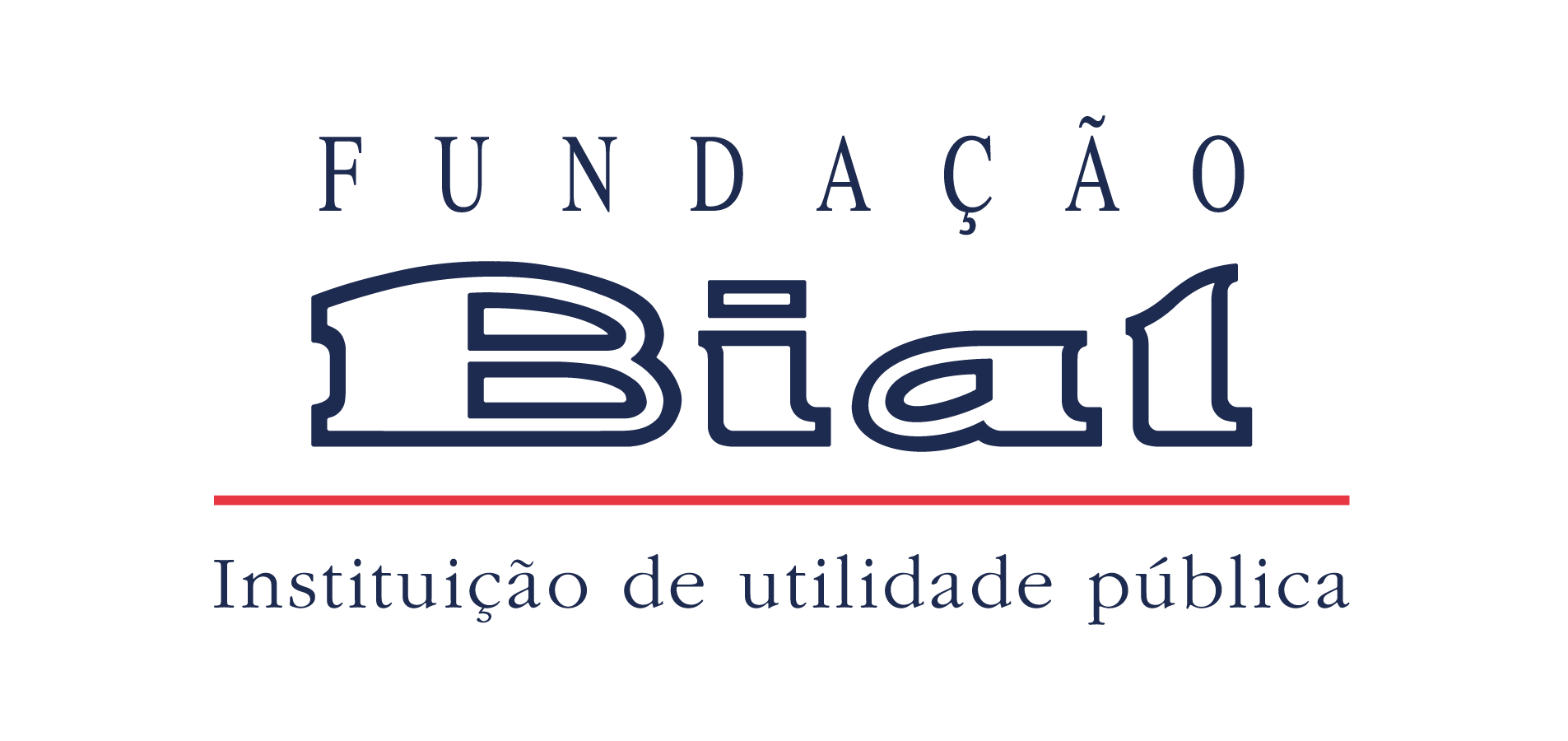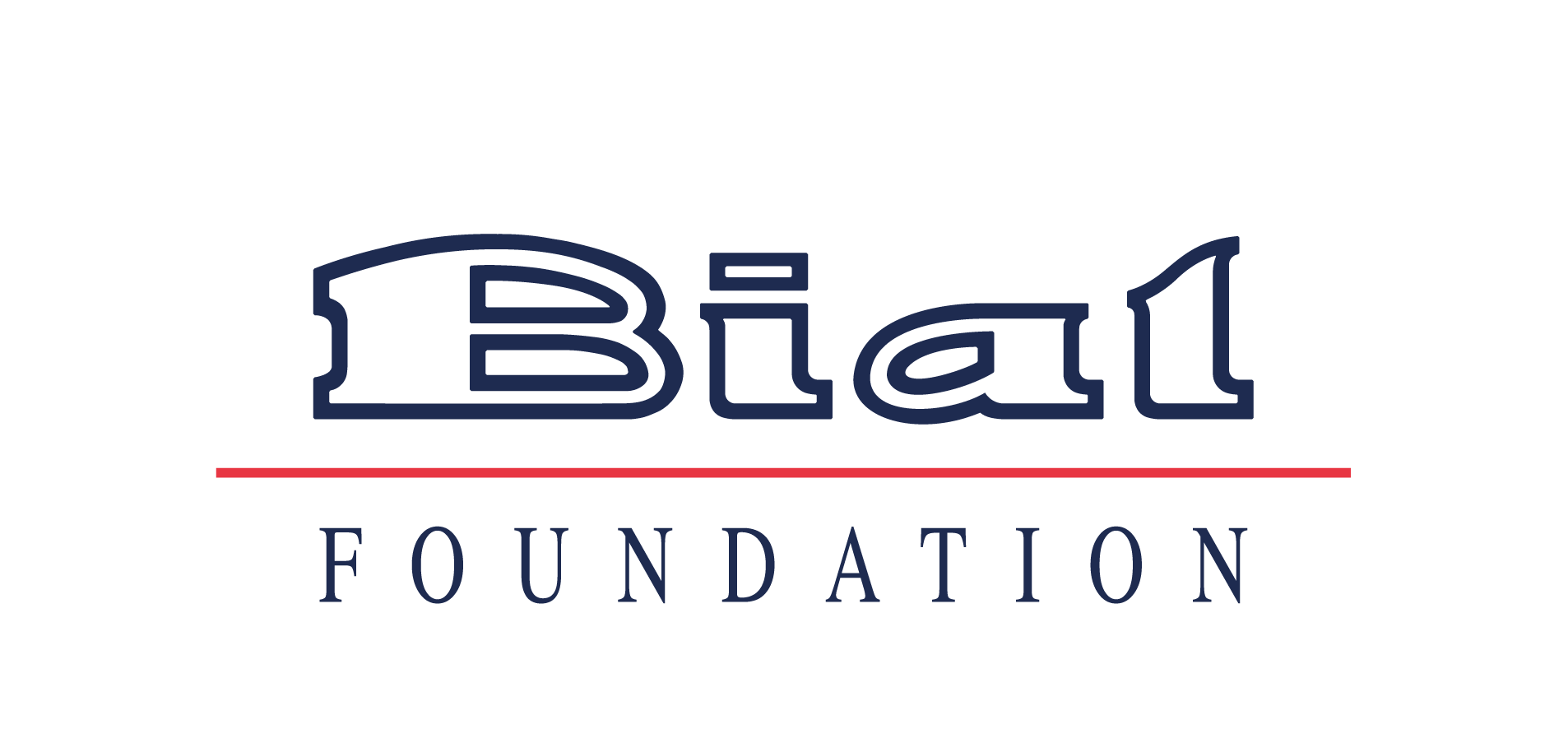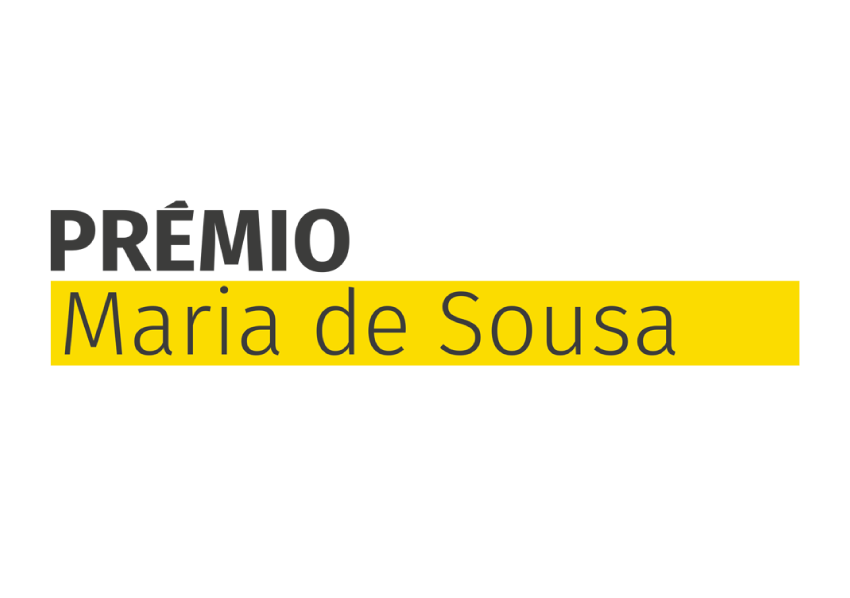News
- Science Stories
- Highlights
- Looking for collaboration
- Helpful links
- Logos
Science Stories
It is our mission being accomplished. Since 1994, the BIAL Foundation has approved for funding 946 projects, involving around 1900 researchers from 31 countries. There are three decades of support to Scientific Research Projects oriented toward the neurophysiological and mental study of the human being, in the areas of Psychophysiology and Parapsychology.
Discover the stories behind the science.
Science Stories

Do rats recognize musical melodies like humans?
Study reveals that rats showed sensitivity to track harmonic and temporal patterns in music and such sensitivities might be shared across species.

Evening people show enhanced fear acquisition, which may increase the risk to develop anxiety
Researchers resorted to the classic Pavlovian paradigm of fear conditioning to study the association between chronotype and fear responses in healthy humans.

Newborn hearing analysis can predict neurophysiological development at 12 months
Study shows an association between auditory processing and developmental outcomes in infants, crucial for the early detection of neurodevelopmental disorders.
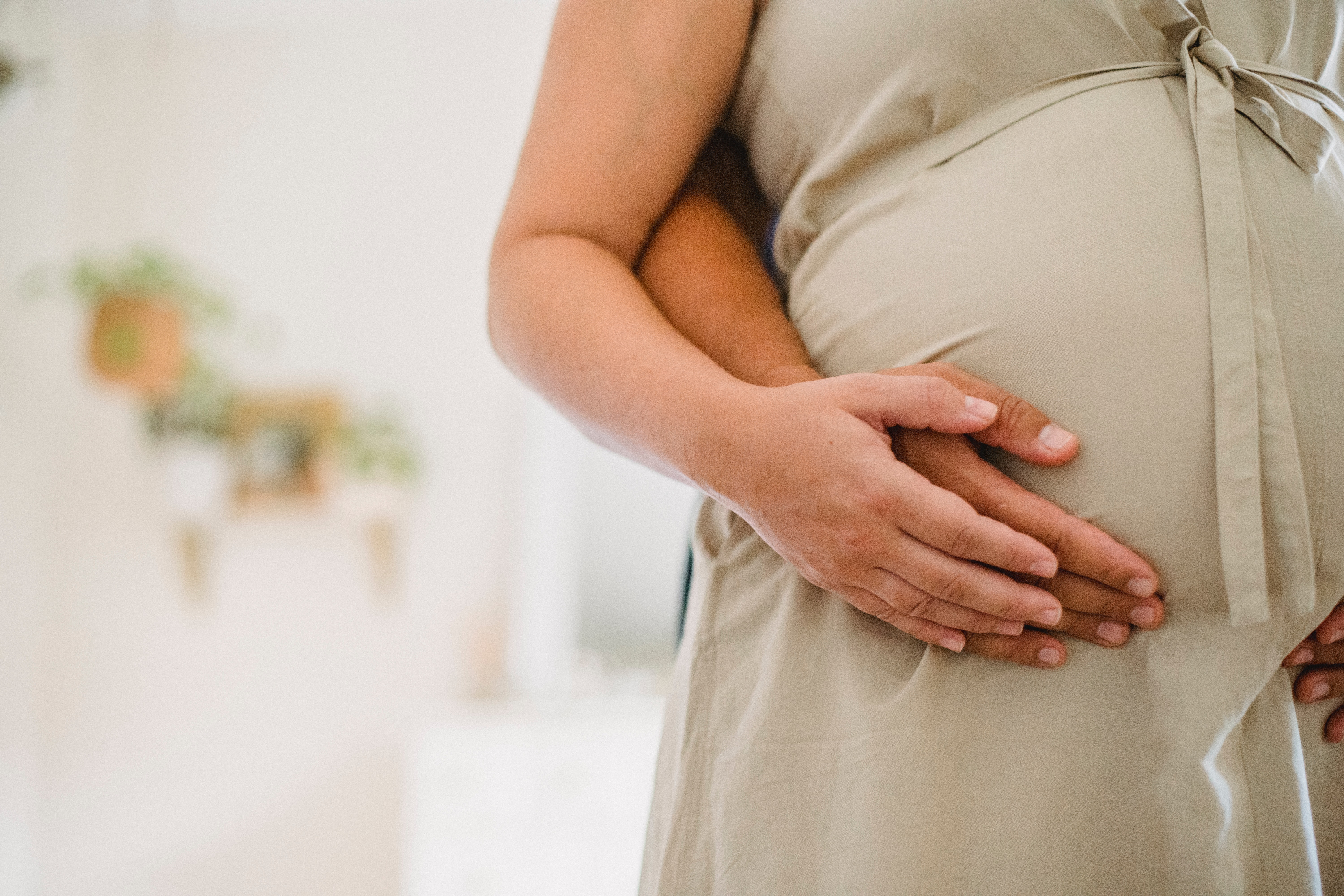
Do expectant fathers and mothers experience pregnancy differently?
A study has shown that there are neural and psychological differences between men and women during pregnancy.
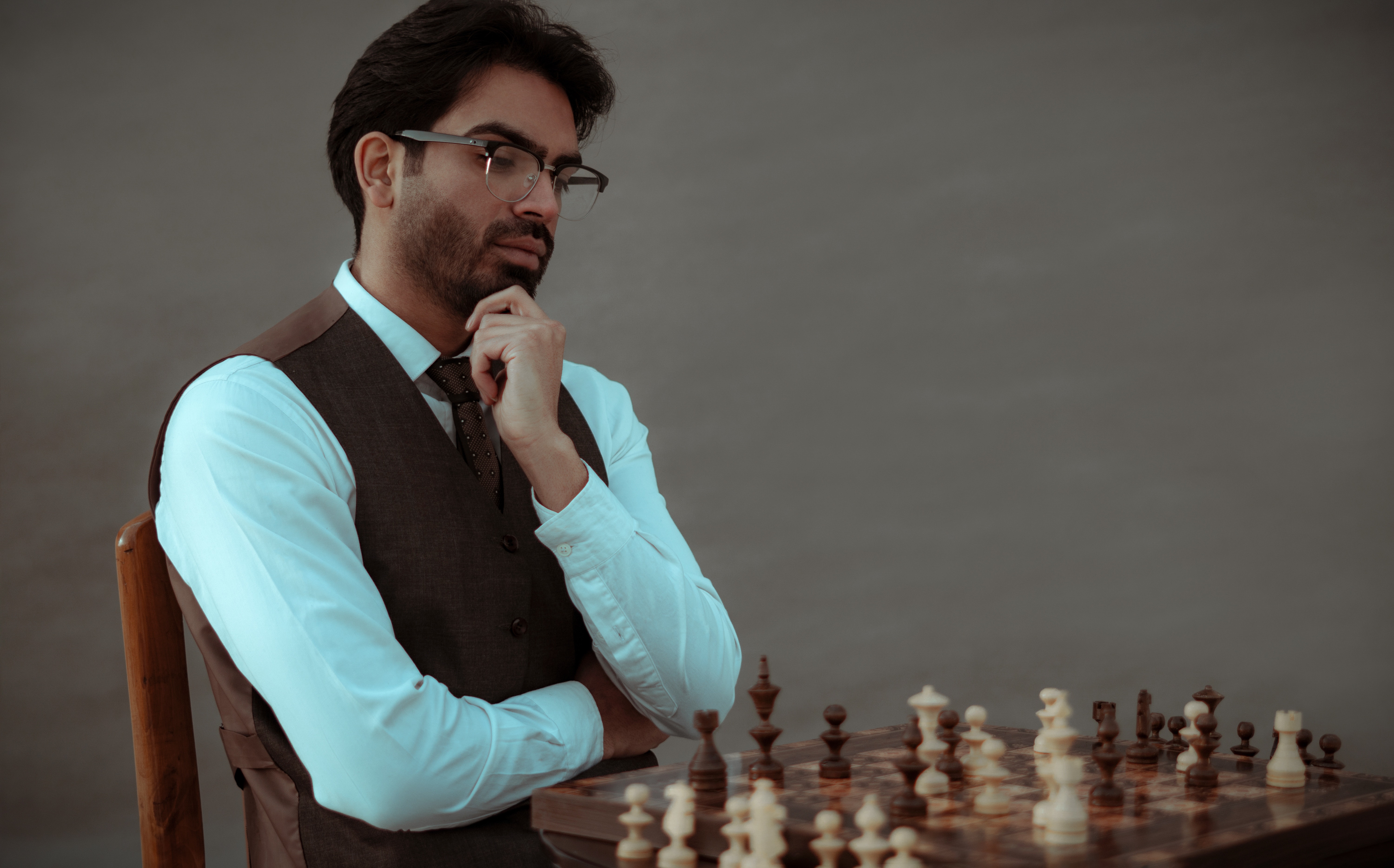
Can we self-regulate our brain through training?
A study of neurofeedback reveals that the behavioural effects seem to be the same whether real or sham feedback is given.

Can highly superior autobiographic memory enhance creativity?
Constructive episodic processes relevant to creative thinking are not enhanced in individuals with highly superior autobiographical memory performance.

Do women show greater engagement for multitasking?
A study involving 167 UK participants showed that women believed to be consistently stronger on multitasking than men.

Does age change the dream recall?
Study reveals that there are no relevant differences between dream recall in young adults and in the elderly.

Academic studies on claimed past-life memories
Did you know that most studies on claimed past-life memories were carried out mainly in Asian countries?

Empathy in couples
Understanding the adaptative functioning of couples is something crucial considering the harmful consequences of situations of domestic violence.

Choosing the usual or taking a chance?
We always choose the same route back home, but one day, alerted about traffic restrictions, we decide to risk an alternative route. What drives us to make this decision?

Dream and daydream: differences and similarities
Did you know that daydreams reflect events from the previous two days and “night” dreams resemble a fictional plot?
News
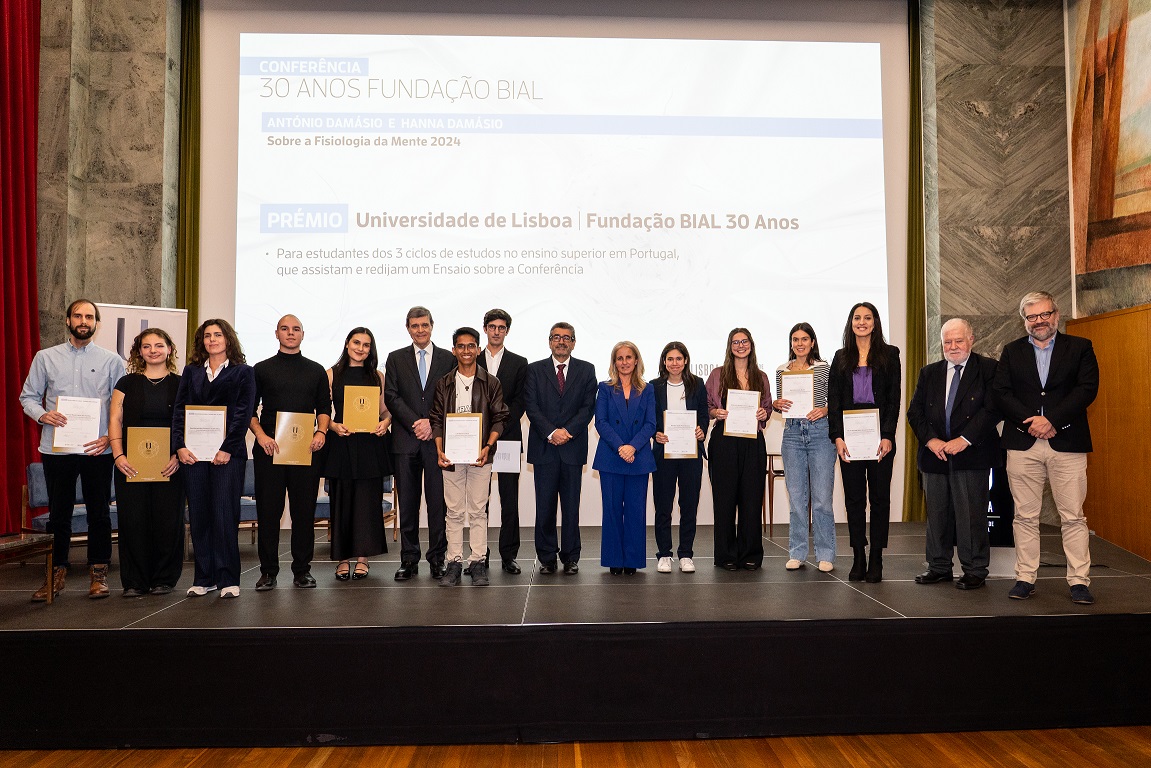
Award Universidade de Lisboa|Fundação BIAL 30 Years honours Medicine, Psychology and Philosophy students
Academic competition in António Damásio and Hanna Damásio lecture aims to stimulate students' capacity for reflection, interpretation, and critical analysis.
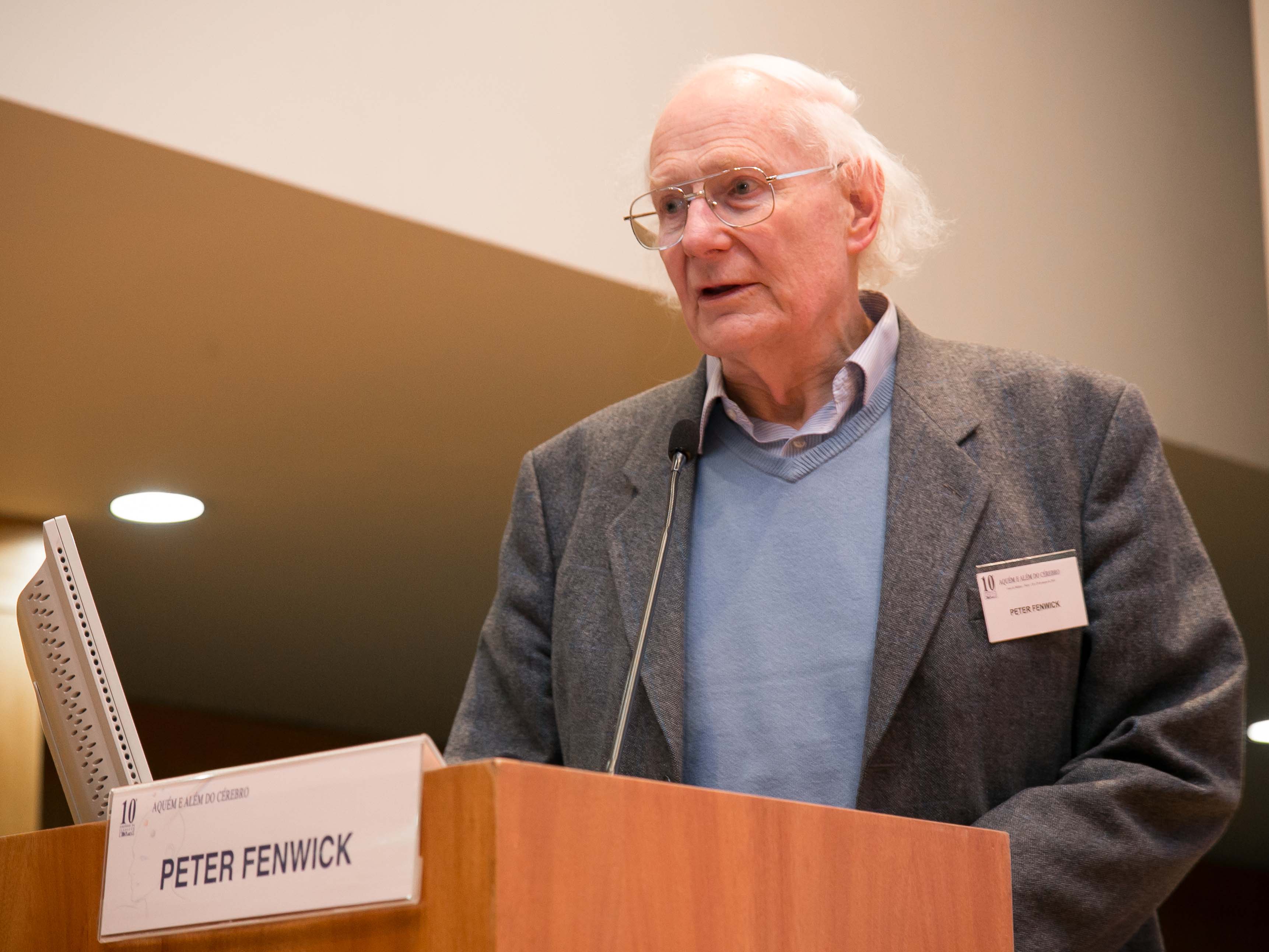
Prof. Peter Fenwick
The BIAL Foundation expresses profound sorrow on the passing of Prof Peter Fenwick, a unique figure in parapsychology worldwide, broadly awarded for his work on the process of death, including consciousness and near-death experiences.

Can psychedelics enhance meditative training?
While the therapeutic evidence for meditation and psychedelics has been established as standalone interventions, recent research has started to point potential synergies in combining them. The research team led by Milan Scheidegger conducted a randomized placebo-controlled study aiming to test whether N,N-dimethyltryptamine (DMT), an active ingredient of ayahuasca, and harmine (DMT-harmine) combined with meditation increases (1) mindfulness, (2) compassion, (3) insight, and (4) mystical-type transcendence to a larger degree than meditation with a placebo during a 3-day mindfulness retreat. Findings showed that mindfulness and compassion were not significantly different in the DMT-harmine group compared to placebo. However, the DMT-harmine group self-attributed greater levels of mystical-type experiences, non-dual awareness, and emotional breakthrough during the acute substance effects compared to meditation with a placebo. It seems that DMT-harmine may support meditation and meditation-related well-being through eliciting experiences of insight, transcendence, and meaning rather than through mindfulness or compassion. This study was supported by the BIAL Foundation, in the scope of the research project 333/20 - Mindfulness and psychedelics: A neurophenomenological approach to the characterization of acute and sustained response to DMT in experienced meditators, and published in the Journal of Psychopharmacology, in the article Meditating on psychedelics. A randomized placebo-controlled study of DMT and harmine in a mindfulness retreat.

Maria de Sousa Award 2024 was delivered at the BIAL Foundation's 30th-anniversary celebration
Young researchers were awarded for their work on stem cells, stroke, ageing, fungal respiratory disease, and inflammatory bowel disease.
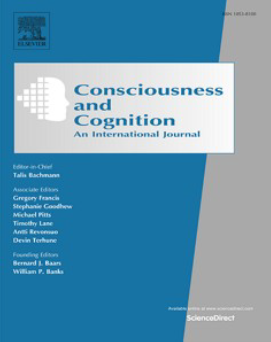
What can explain the subjective differences in meditation experience?
In the scope of the research project 92/18 - Attending mindfully: A psychophysiology study of sensory processing in meditators, supported by the BIAL Foundation, Veena Kumari and colleagues examined the effect of regular meditation practice on startle modulation paradigms, specifically habituation and prepulse inhibition (PPI), by comparing the groups of meditators (n = 32) and non-meditators (n = 36). They found no significant differences, on average, between meditators and non-meditators in habituation or PPI, but meditators who reported being able to easily enter a state in which their awareness of the self and others/surroundings are perceived as one, without separation (non-dual awareness), during meditation practice, showed greater PPI, relative to those who could not. These results suggest that differential sensory processing characteristics of meditators may explain subjective differences in meditation experience. More information is available in the article Non-dual awareness and sensory processing in meditators: Insights from startle reflex modulation published in the scientific journal Consciousness and Cognition.
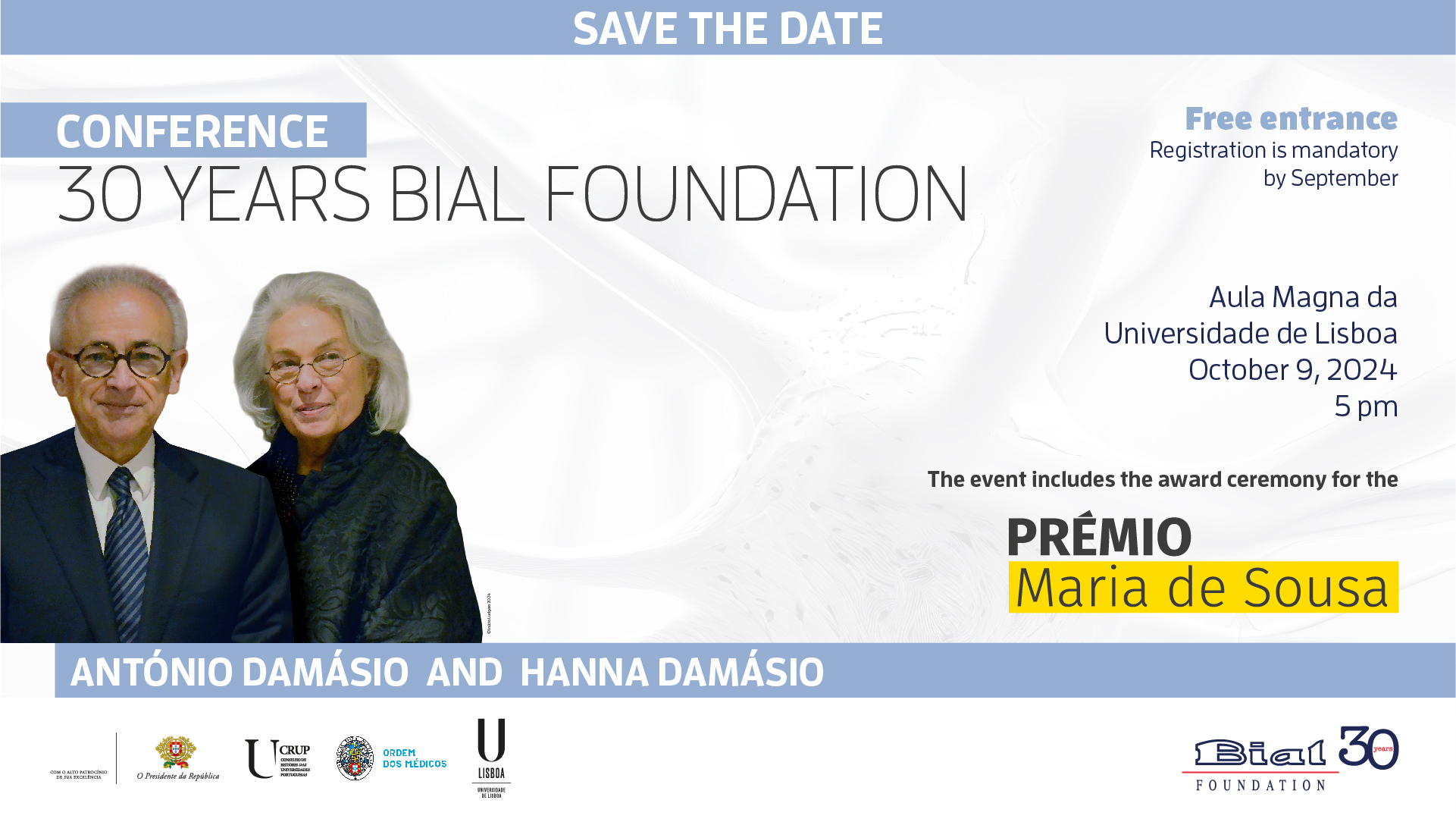
BIAL Foundation brings António Damásio to Portugal for conference "On the Physiology of the Mind"
To mark its 30th anniversary, the BIAL Foundation is bringing António Damásio and Hanna Damásio to Portugal for a conference on October 9 in Lisbon.

Do psi researchers and skeptics think alike?
Psi phenomena, such as extra-sensory perception and post-mortem survival, that are not explained by known cognitive, neural, or physiological processes, have generated interest and curiosity, but also controversy. Cognitive styles related to evaluating evidence and reaching conclusions are relevant to the controversial nature of psi, as they provide a deeper look into how different groups approach the psi phenomena. The research team, led by Marieta Pehlivanova, compared the cognitive styles, precisely the actively open-minded thinking (AOT) and the need for closure (NFC), of 144 participants divided into four groups: academic psi researchers, lay individuals who believe in psi, academics who are skeptics of psi, and lay individuals who are skeptics. On the one hand, they observed that academic psi researchers demonstrated high levels of AOT, like academic and lay skeptics, and the lay psi group had lower levels of AOT than the other groups. On the other hand, no significant differences in NFC were found among the groups, and academic psi researchers exhibited high psi belief levels comparable to lay believers. These findings suggest that despite their high belief in psi phenomena, psi researchers have a need for certainty and to collect evidence to support reasoning as skeptics. This study was developed within the scope of the research project 212/20 - Comparing cognitive styles among parapsychology researchers, psi-believers, and skeptics, supported by the BIAL Foundation, and published in the scientific journal Frontiers in Psychology, in the article Cognitive styles and psi: psi researchers are more similar to skeptics than to lay believers.

What are the effects of expectation on face perception and its relationship with expertise?
In the scope of the research project 129/20 - Investigating the role of expertise in the predictive coding framework combining time resolved neural and behavioural evidence, supported by the BIAL Foundation, Marie Smith and colleagues, through a behavioural categorization task in which 67 participants learned the probabilistic association between a colour cue and a high and low expertise category (faces and cars respectively), they assessed the individual level of expertise in each category. They found that the perception of the high expertise category (faces) was modulated by expectation. That is, there was a faster response when the faces were expected. Furthermore, in the analysis of neural activity (EEG), there were effects of expectation, with significant decoding of the neural response to expected stimuli. These results support the influence of expectation on face perception, highlight the role of expertise and draw attention to individual variability, which is often neglected. More information is available in the article Effects of expectation on face perception and its association with expertise published in the scientific journal Scientific Reports.

Is the ability to inhibit actions influenced by emotional stimuli?
The ability to inhibit ongoing motor actions is essential to avoid detrimental consequences. Effective inhibition depends mainly on the functioning of several areas, such as the pre-supplementary motor cortex (pre-SMA). The research team, led by Sara Borgomaneri, explored possible changes in the ability of 66 participants to inhibit actions upon facing emotionally negative or neutral human body postures, presented in a stop signal task, before and after the application of a session of repetitive transcranial magnetic stimulation (rTMS) over the pre-SMA, the right inferior frontal gyrus (rIFG) and the left primary motor cortex (lM1). They observed a shorter reaction time to emotionally negative stimuli after applying an inhibitory rTMS session to the pre-SMA. On the other hand, there was a shorter reaction time to neutral body postures after administration of rTMS over rIFG. No significant changes were observed after lM1 stimulation. These results support the existence of emotional effects on motor control systems and provide evidence that such effects may involve separate and distinct neural pathways from those associated with motor inhibition in neutral contexts. This study was developed within the scope of the research project 33/22 - The influence of emotions on actions: Boosting brain network plasticity to improve action control, supported by the BIAL Foundation, and published in the scientific journal Annals of the New York Academy of Sciences, in article The role of pre-supplementary motor cortex in action control with emotional stimuli: A repetitive transcranial magnetic stimulation study.
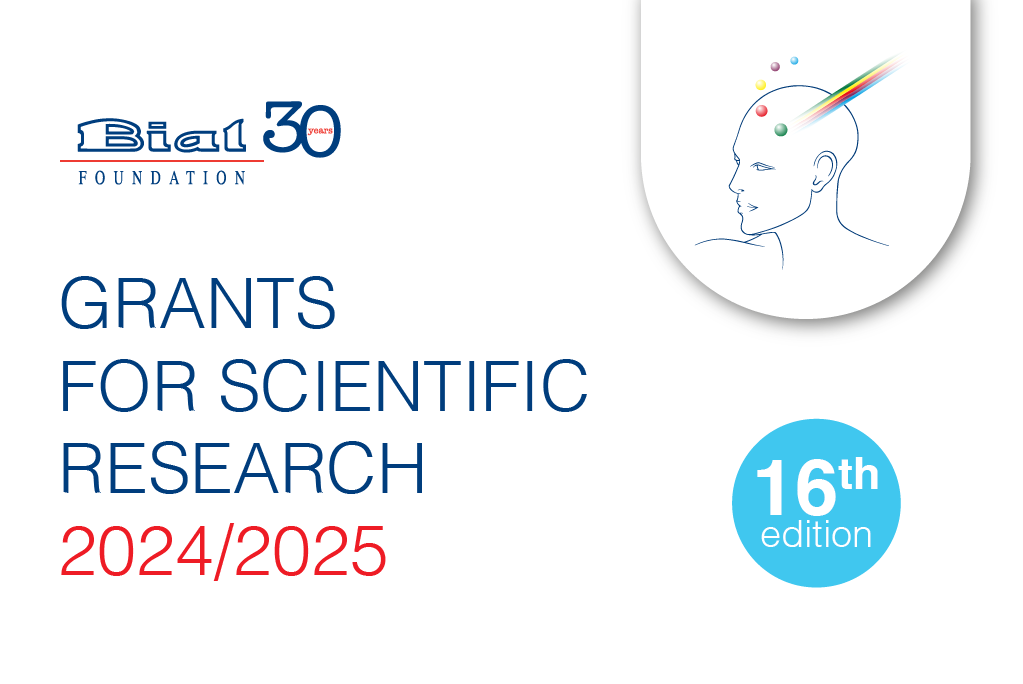
Grants for Scientific Research 2024/2025: applications are open until August 31
With the aim of encouraging research into the healthy human being, both from the physical and spiritual point of view, the BIAL Foundation now opens a new call for its Grants Programme for Scientific Research 2024/2025 in the areas of Psychophysiology and Parapsychology.

Prémio BIAL de Medicina Clínica 2024: applications are open until August 31
Applications are now open for the 21st edition of the Prémio BIAL de Medicina Clínica. The deadline for applications is August 31.
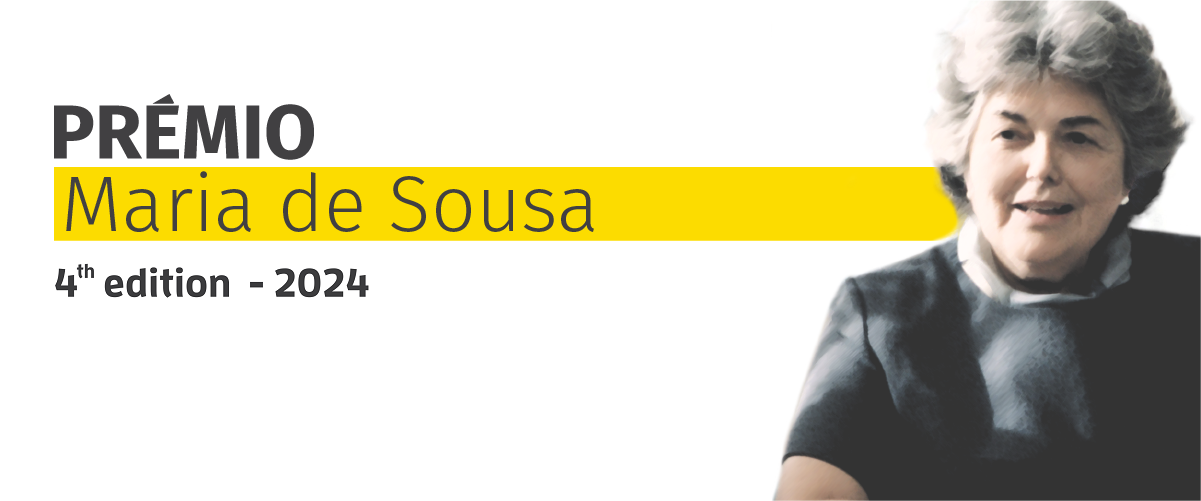
Maria de Sousa Award 2024: applications are open until May 31
The Maria de Sousa Award aims to award and support young Portuguese researchers, aged 35 or under, with scientific projects in Health Sciences.
Looking for collaboration

The quest of physiological markers for the experience of pain
Researcher: Elia Valentini - Department of Psychology & Centre for Brain Science, University of Essex Summary: The aim of this project is to improve measurement of the human experience of pain by investigating a combination of psychophysical and physiological responses during mild noxious stimulation. More specifically, we want to investigate how sensitive and specific to pain the brain oscillatory responses are. We use EEG as the main technique, but we are keen to collaborate with neuroscientists using fMRI, autonomic measures and brain stimulation as well as with computational neuroscientists. A clinical collaborator would also be very much welcome.

EEG investigation of hypnosis and decision-making
Researcher: Rinaldo Livio Perri - University Niccolò Cusano Rome, Italy Summary: I work in the field of hypnosis and cognitive neuroscience. In particular, I adopt the event-related potentials (ERPs) to investigate the effect of the hypnotic suggestions on sensory processing and cognitive performance. I am an expert in decision-making and proactive brain processes before the stimulus administration (e.g., the perceptual, prefrontal and premotor readiness during the expectancy stage). I could help colleagues to properly analyze the ERP signal in the pre-stimulus stage of processing. Also, I would be happy to share my EEG data for re-analyzing them in the frequency domain (e.g., wavelet or coherence analysis in the hypnosis research). Feel free to contact me for any question! More information on my papers: https://scholar.google.it/citations?user=-8e_V64AAAAJ&hl=it Possible collaborations: neuroscientist with experience in the EEG frequency analysis Email: perri.rinaldo@gmail.com

Transparent Psi Project - looking for collaborators
Summary: We are running a fully transparent, expert consensus-base multilab replication of Bem’s (2011) experiment 1. The project features state of the art methods to maximize transparency and study integrity. The study involves a computerized experiment taking about 20 minutes per session. Group testing is possible in a computer lab, no specialized equipment needed. Labs are expected to recruit at least 100 participants. Participants will be exposed to images with explicit erotic/sexual content in the experiment. No financial compensation is required for the participants. Data collection is expected to take place in the 2020 fall semester. Every material is provided for ethics/IRB submissions and data collection in English (translation of materials might be necessary by the collaborators). The study is pre-registered and the manuscript is accepted in principle for publication in the journal Royal Society Open Science. All collaborators who meet the minimum sample size criterion will get authorship on this paper reporting the results of the replication study. More information in the preprint: https://psyarxiv.com/uwk7y/ Indicate interest in the collaboration via the following form: https://tinyurl.com/tpp-labs With any question contact the lead investigator: Dr. Zoltan Kekecs, kekecs.zoltan@gmail.com

Cognitive control and learning
Researcher: Ignacio Obeso, Ph.D. / CINAC - HM Puerta del Sur Summary: The aim of our projects is to understand the behavioral and neural mechanisms used to learn how humans establish adaptive behaviour in changing contexts. More specifically, we want to decipher how stopping abilities are initially learned and later executed under automatic control. We use task-related fMRI, brain stimulation and clinical models to test our predictions in laboratory settings as well as online home-based paradigms. Possible collaborations: computational scientist Email contact: i.obesomartin@gmail.com https://iobesomartin.wixsite.com/cognitivecontrol
Find here some links to other Foundations, Organizations, Societies and more that you might be interested in.
- BrainFacts.org
- Cognitive Neuroscience Society
- Dana Foundation
- European Brain Council
- European Society for Cognitive and Affective Neuroscience (ESCAN)
- Federation of European Neuroscience Societies (FENS)
- Human Brain Project
- IANDS International Association for Near-Death Studies
- Institut Métapsychique International (IMI)
- Instituto de Psicologia Paranormal
- International Behavioral Neuroscience Society (IBNS)
- International Brain Research Organization
- IONS Institute of Noetic Sciences
- Kavli Foundation
- Koestler Parapsychology Unit
- Open Sciences
- Organization for Human Brain Mapping (OHBM)
- Parapsychological Association
- Psi Encyclopedia
- Rhine Research Center
- Sociedade Portuguesa de Neurociências
- Sociedade Portuguesa de Neurologia
- Society for Neuroscience
- Society for Psychical Research
- Society for Scientific Exploration (SSE)
- World Federation of Neurology


